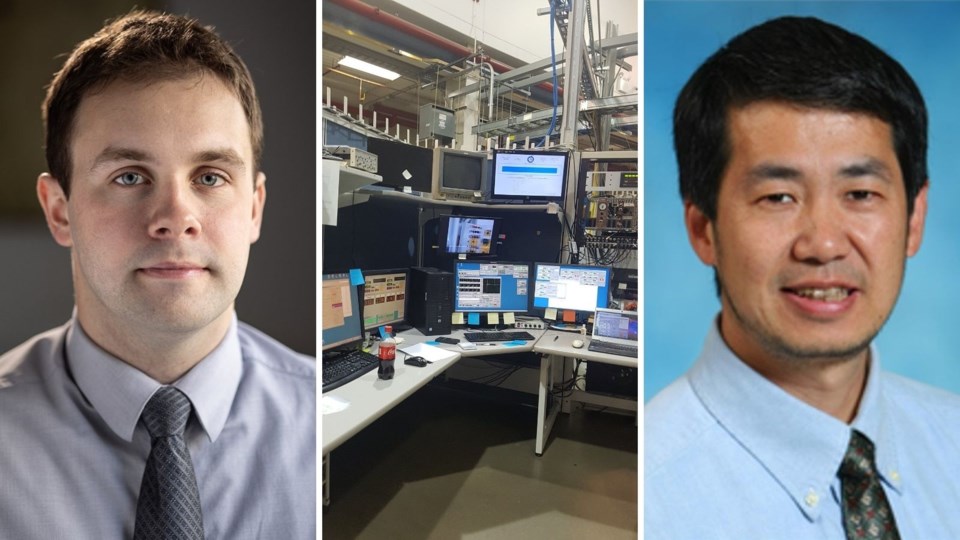SASKATOON – Canadian researchers are using synchrotron light to help develop new alloys with helpful properties.
An alloy is a metal that contains two or three different elements. Steel, for instance, is an alloy of iron and carbon that offers increased strength as a building material.
By mixing more elements together, scientists hope to create new and improved alloys with increased strength and improved corrosion resistance, which could help many industry sectors to reduce costs.
“The trouble is that when you try to make a traditional alloy with more than a couple of elements, the elements tend to separate from each other and clump together,” said David Morris, a PhD student in the Department of Chemistry at the Dalhousie University.
That’s why his research team is interested in alloys with five or more elements that have a highly disordered nature. This chaotic property causes the elements to disperse throughout the mixture and prevent clumping.
“You can get alloys with elements that wouldn’t usually go together,” he said.
Morris and his colleagues, including Liangbing Hu’s group from the University of Maryland who synthesized the samples using a special carbothermal shock method, are investigating two alloy samples, one made of five elements and another with 15.
“Early experiments suggested that the five-element alloy has high catalytic activity for ammonia decomposition, a process used to make hydrogen fuel, but they potentially have all kinds of applications,” he said.
The team gathered data at the Advanced Photon Source (APS) in Illinois, thanks to the facility’s with the Canadian Light Source (CLS) at the University of Saskatchewan. Using synchrotron light, Morris could analyze each element in their samples separately and spot the differences in the structures of the two alloys.
The researchers discovered that the 15-element alloy had some elements that showed oxidation and the length of some of the bonds between them increased. These properties, however, were not found in the five-element alloy, indicating the properties of these special alloys are highly dependent on their compositions.
“Increased oxidation means they are less stable, which could potentially increase the activity for catalysis,” said Morris. “And unusual bond lengths can change the properties and maybe make a more promising catalytic pathway.”
The group’s next step will be to try to link the changes in structure seen in this experiment to the alloys’ catalytic activity.
“If we are able to find certain structural properties that are associated with a high catalytic activity, that would allow us to design more effective catalysts in the future,” said Morris.
Developing more effective catalysts could help improve chemical reactions in many industrial processes, from cars, to paper, laundry detergent, and beer.
Peng Zhang, Morris’ PhD supervisor at Dalhousie, said his lab has been using the CLS and its associated facilities for more than 15 years, and they have proved vital to his work with novel chemical compounds.
“These modern synchrotron facilities are necessary to obtain high quality X-ray data and they provide reliable results on the samples we have measured,” said Zhang.






